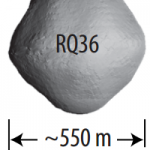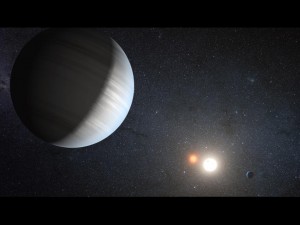It’s October already! Time is flying fast as we enter the last four weeks of the first quarter, which ends on October 26!
This week in physics: Due to the preponderance of tests in other classes, we moved our unit 1 test to this Monday, October 1. Here are important resources to help you study over the weekend:
- Your learning goals: What you’re being assessed on…
- All of the unit 1 podcasts
- Practice problems from the book (Remember to use your completed assignments to check your work.)
- Graph analysis practice:
- Overall tutorials and review:
- Finally, it’s important to study right, not just to study. This Test Taking Skills guide will help you.
With the test on Monday, we’ll have lots of time left in the week to work on Unit 2: Motion in Two Dimensions. Here’s how to begin. Watch and take notes on the following podcasts by Tuesday.
- Motion in Two Dimensions Podcast 1 – Vectors vs. Scalars
- Motion in Two Dimensions Podcast 2 – Vector Diagrams
- Motion in Two Dimensions Podcast 3 – Introduction to Vector Addition
- Motion in Two Dimensions Podcast 4 – Vector Addition Sample Problem
We’ll practice vector addition problems with the ActivExpressions a whole bunch and then do assignment fun 1 in class. Following that we’ll take a quiz. By the day of that quiz, you should be ready for the next set of learning goals, so watch and take notes on the following podcasts:
- Motion in Two Dimensions Podcast 7 – Introduction to Projectile Motion part 1
- Motion in Two Dimensions Podcast 8 – Introduction to Projectile Motion part 2
- Motion in Two Dimensions Podcast 9 – Introduction to Projectile Motion part 3
It seems like a lot; I know. Really it’s manageable. It will be a nice week. Not to worry! 🙂
This week in astronomy: We will be doing a lot of activities to support our study of The Ecliptic Motion of the Sun, unit 2. We’ll do most of these activities in class. They include Equinoxes and Solstices around the World, Earth’s Tilt and the Equinoxes and Solstices, and a lab about Solar Radiation. (These documents are not available to you online. You’ll receive copies in class and on our student server here at school.) This is a very quick unit, so expect a test sometime next week. Please be sure to check out the Astronomy Unit 2 – Readings to help support your learning. The day before the test, the Astronomy Unit 2 – Homework Questions will be due. The Astronomy Unit 2 – Outdoor Lab won’t be due for a few weeks because it requires you to take observations over an extended period of time. We’ll go over the instructions in class, but it should be on your radar for now.
Cool Science of the Week: Check out the fun page from the xkcd crew! They answer a new “What if?” question about physics every Tuesday. This week’s installment asks if we could make the moon brighter by aiming laser pointers at it!
A special “thank you!’ goes out to Beth Cruz for sending this in!






